Which of the following graphs correctly represents the variation of β=−(dVdP)/V with P for an ideal gas at constant temperature
A
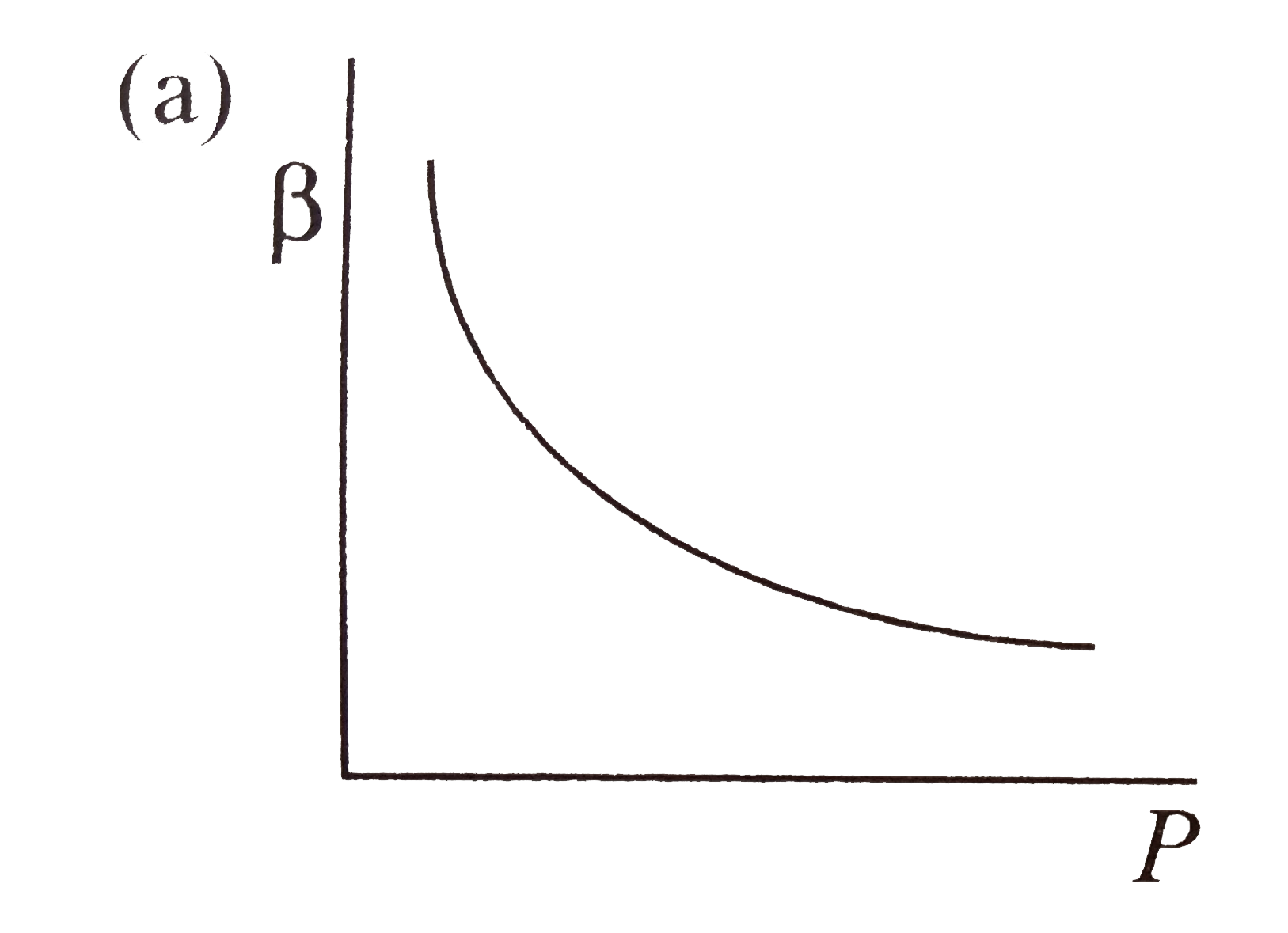
B
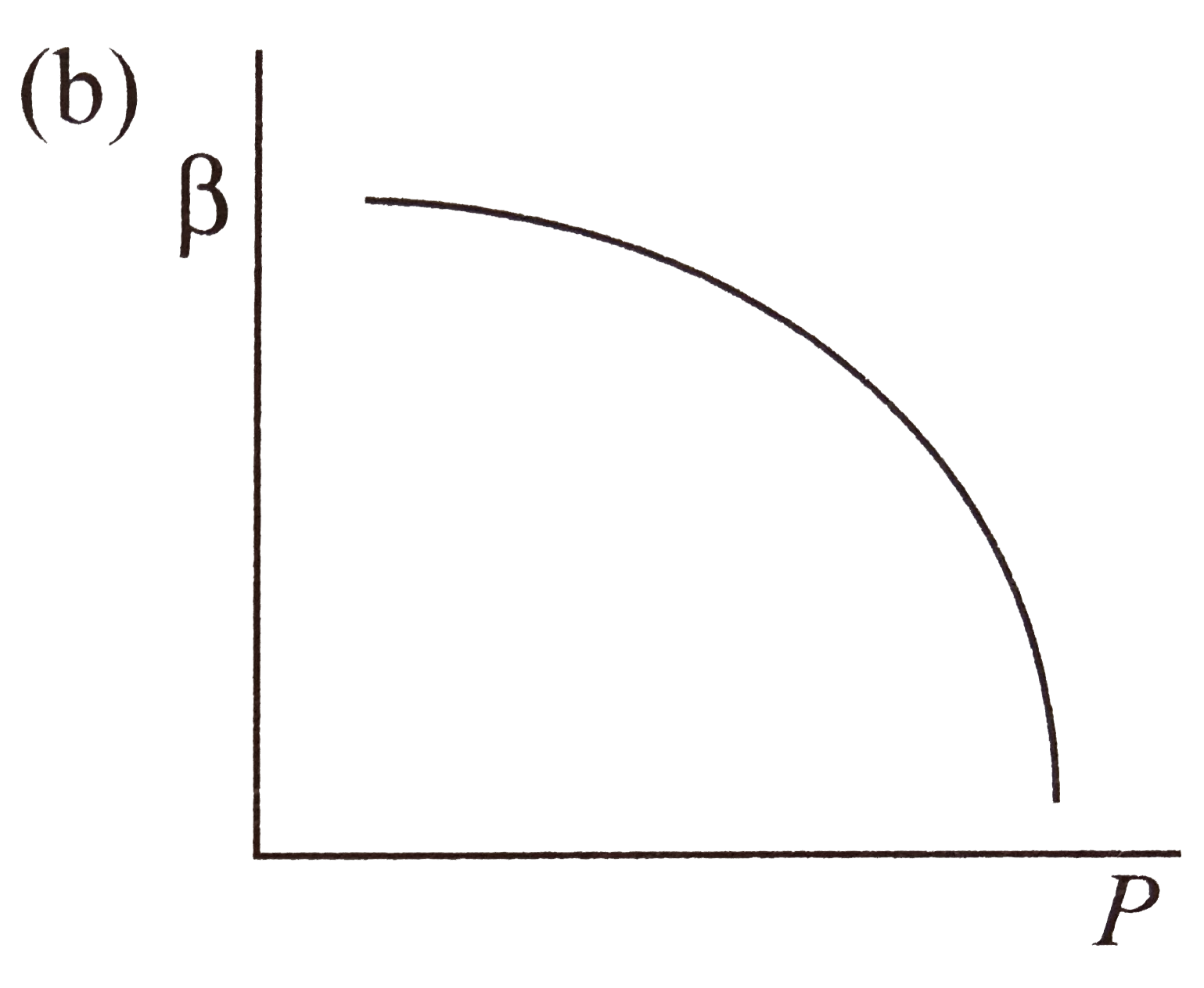
C
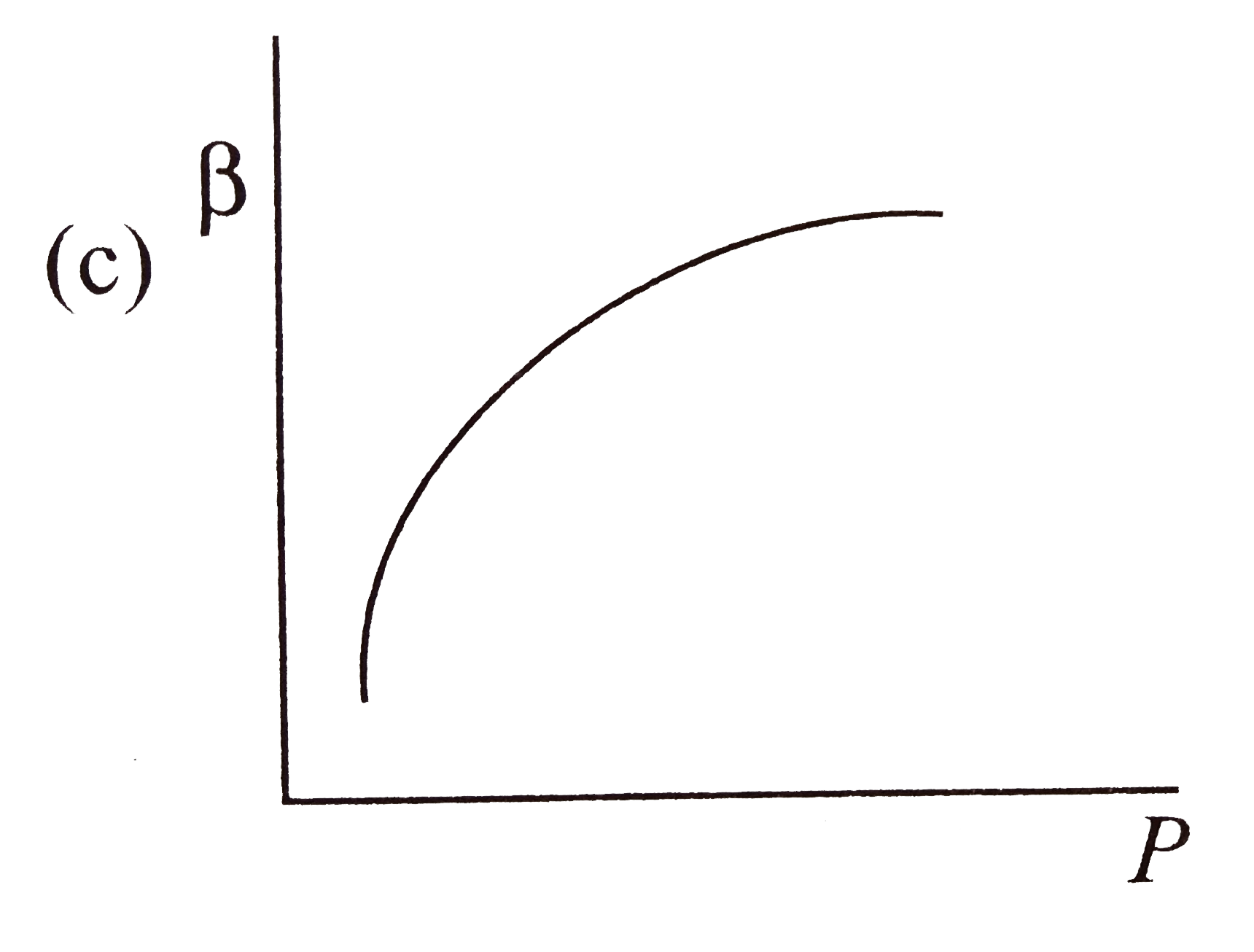
D
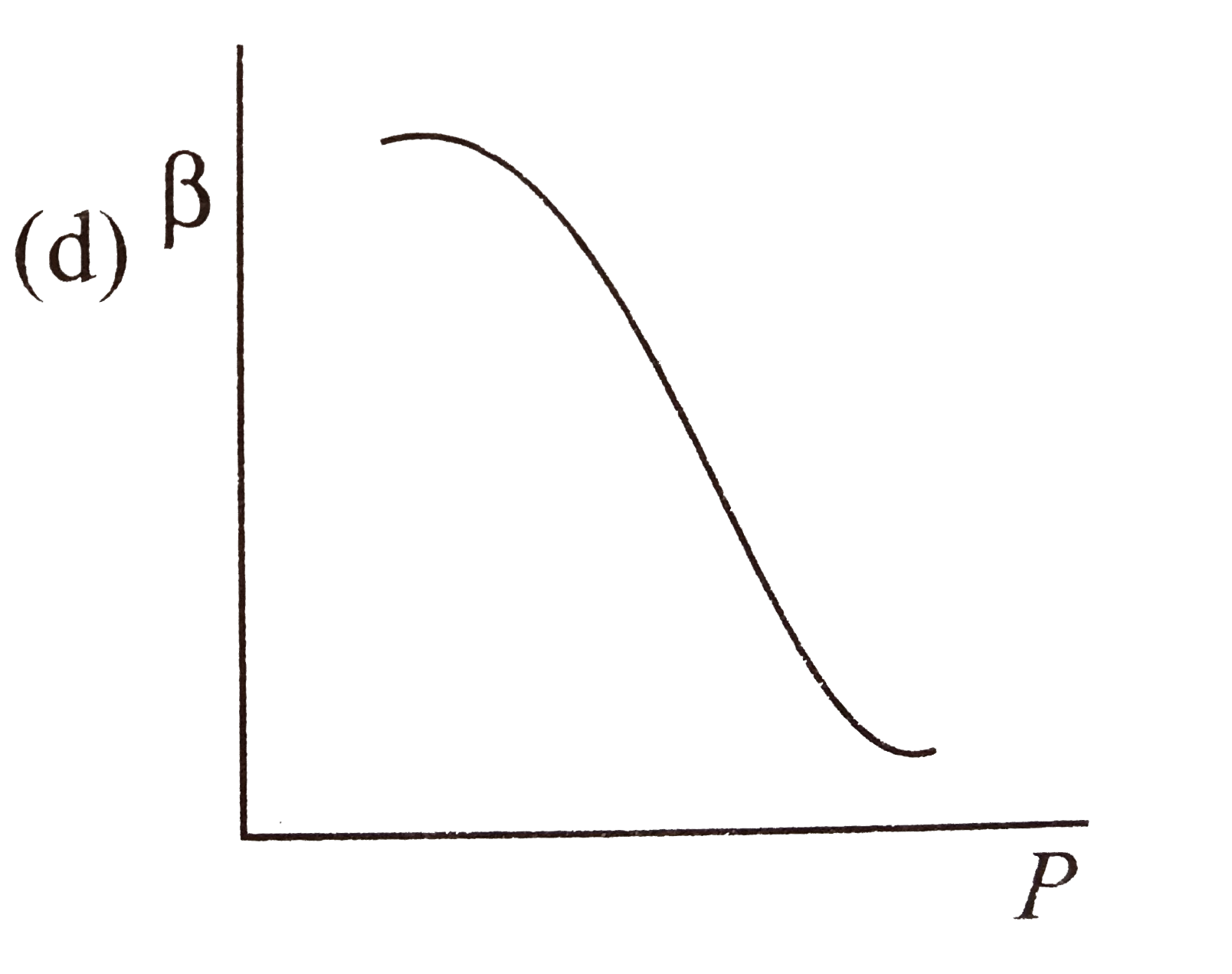
Video Solution
Text Solution
The correct Answer is:A
From PV=RT
dV.P+V.dP=0
or (dVdP)=−VP or β=1P (Rectangular hyperbola)
β×P=1. Thus plot of β Vs P gives (a)
|
Topper's Solved these Questions
- STATES OF MATTERBOOK - A2ZCHAPTER - STATES OF MATTEREXERCISE - Dalton'S Law Of Partial Pressure, Graham'S Law Of Diffusion/ Effusion
37 Videos
- STATES OF MATTERBOOK - A2ZCHAPTER - STATES OF MATTEREXERCISE - Kinectic Theory Of Gases, Maxwell Distribution Of Speed
45 Videos
- STATES OF MATTERBOOK - A2ZCHAPTER - STATES OF MATTEREXERCISE - Section D - Chapter End Test
30 Videos
- SOME BASIC PRINCIPALS OF ORGANIC CHEMISTRYBOOK - A2ZCHAPTER - SOME BASIC PRINCIPALS OF ORGANIC CHEMISTRYEXERCISE - Section D - Chapter End Test
60 Videos
Similar Questions
Knowledge Check
Which of the following graphs correctly represents the variation of β=−(dVdP)1V with P for an ideal gas at constant temperature ?
A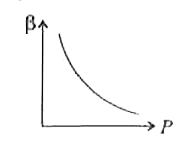 B
B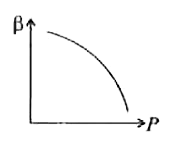 C
C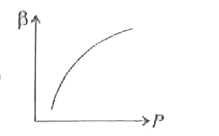 D
D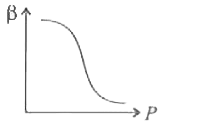
Which of the following graphs correctly represents the variation of β=−dV/dPV
with P for an ideal gas at constant temperature?A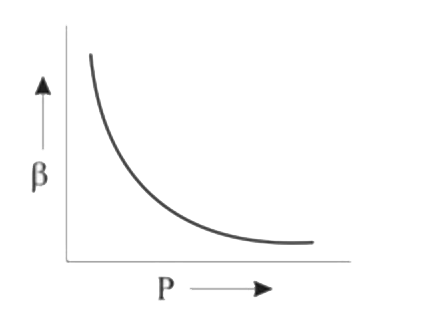 B
B C
C D
D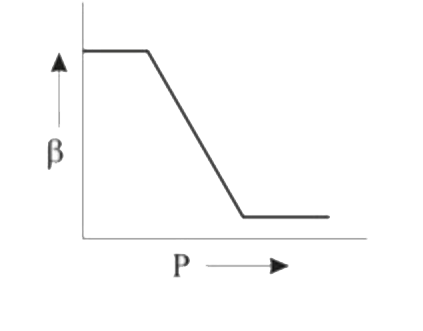
which of the following graphs correctly represents the vatiation β=−(dVdP)T/V with P for an ideal gas at constant temperature ? .
A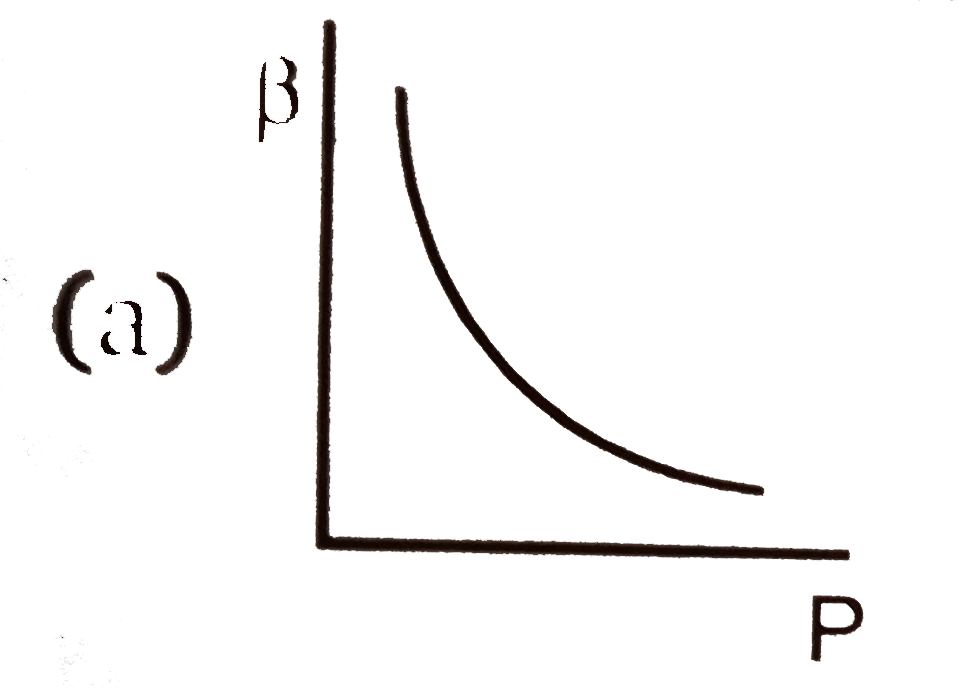 B
B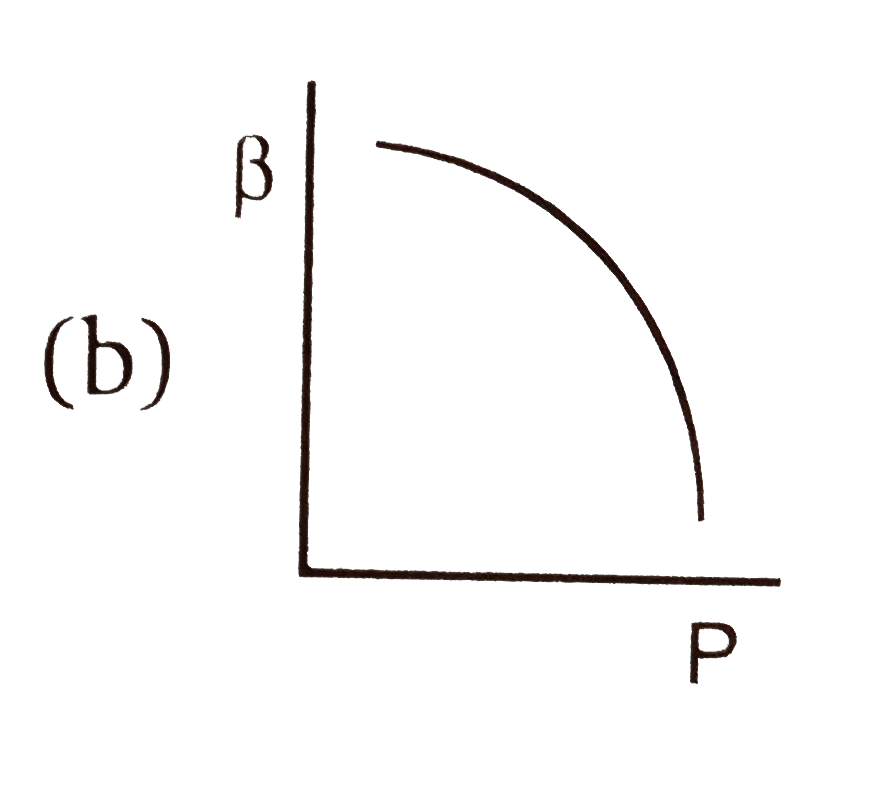 C
C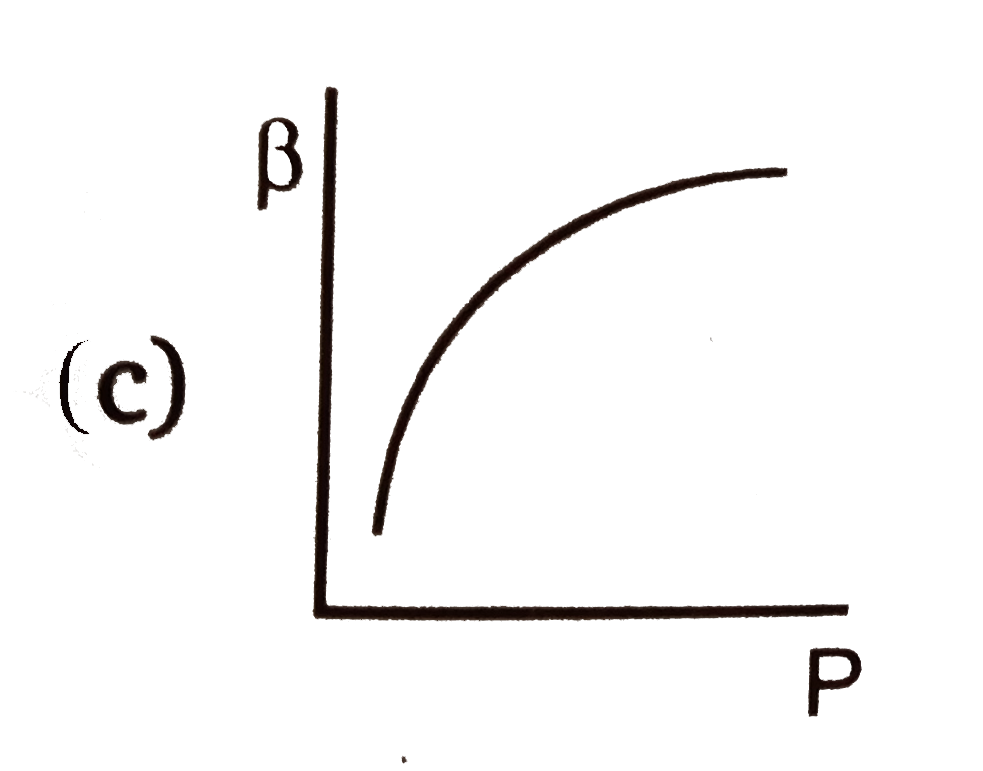 D
D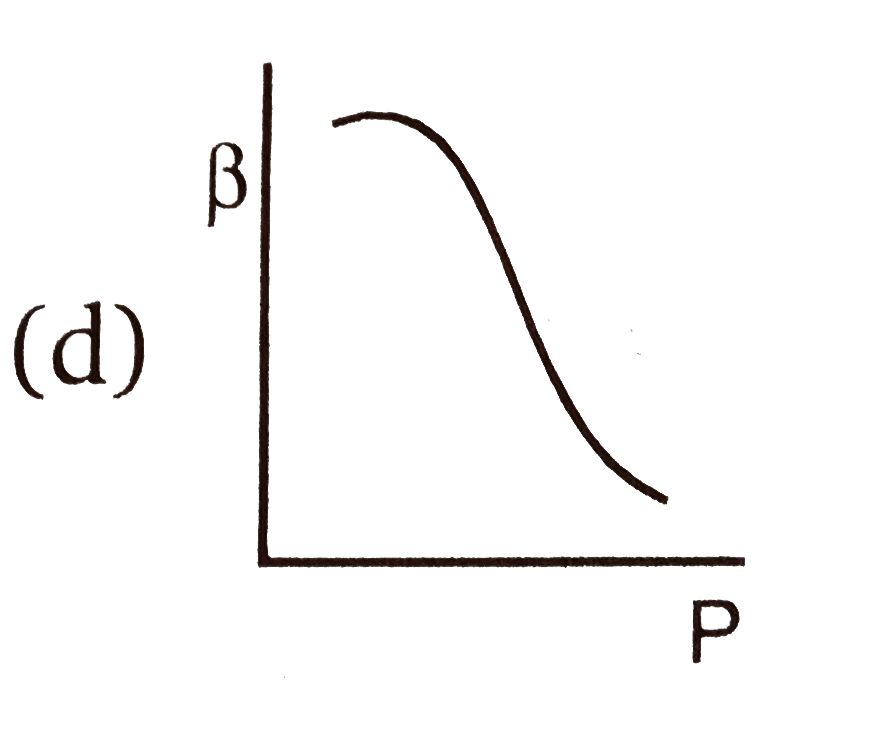
Which of following graphs correctly represent variation of α=−(dV/dP)TV with P for fixed amount of an ideal gas at constant temperature ?
View SolutionWhich of the following graphs represent the behaviour of an ideal gas ?
View SolutionWhich one of the following graphs correctly gives the ideal gas behaviour ?
View SolutionAt a constant pressure, of the following graphs that one which represents the variation of the density of an ideal gas with the absolute temperature T, is
View Solutionwhich of the following graph represents the variation of resistivity (ρ) with temperature (T) for copper?
View Solution
